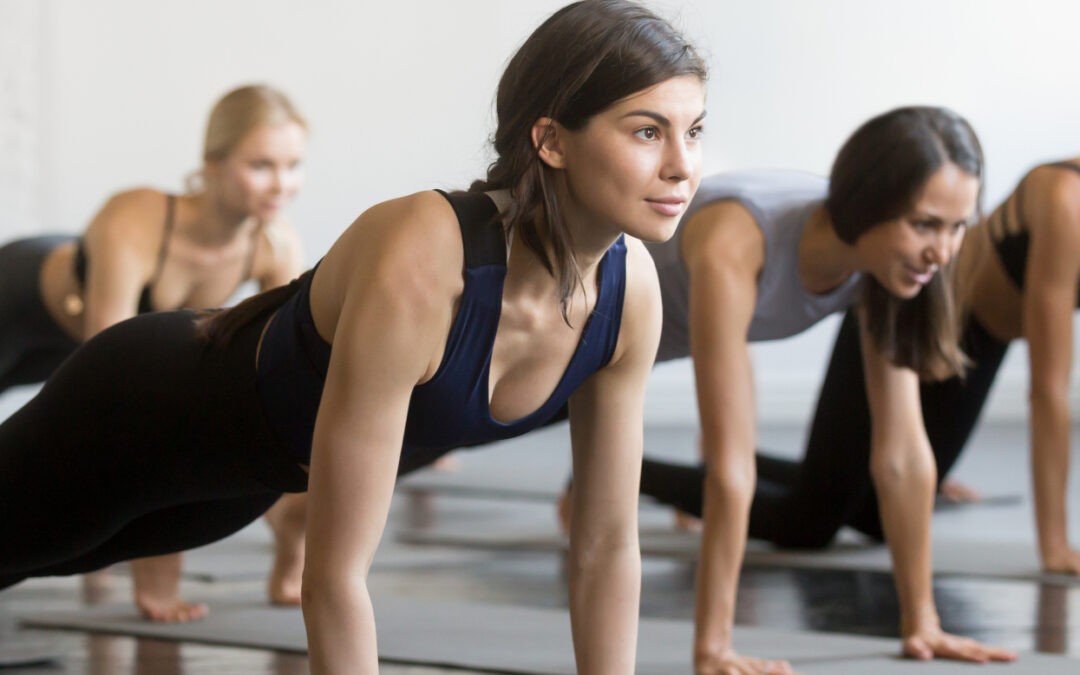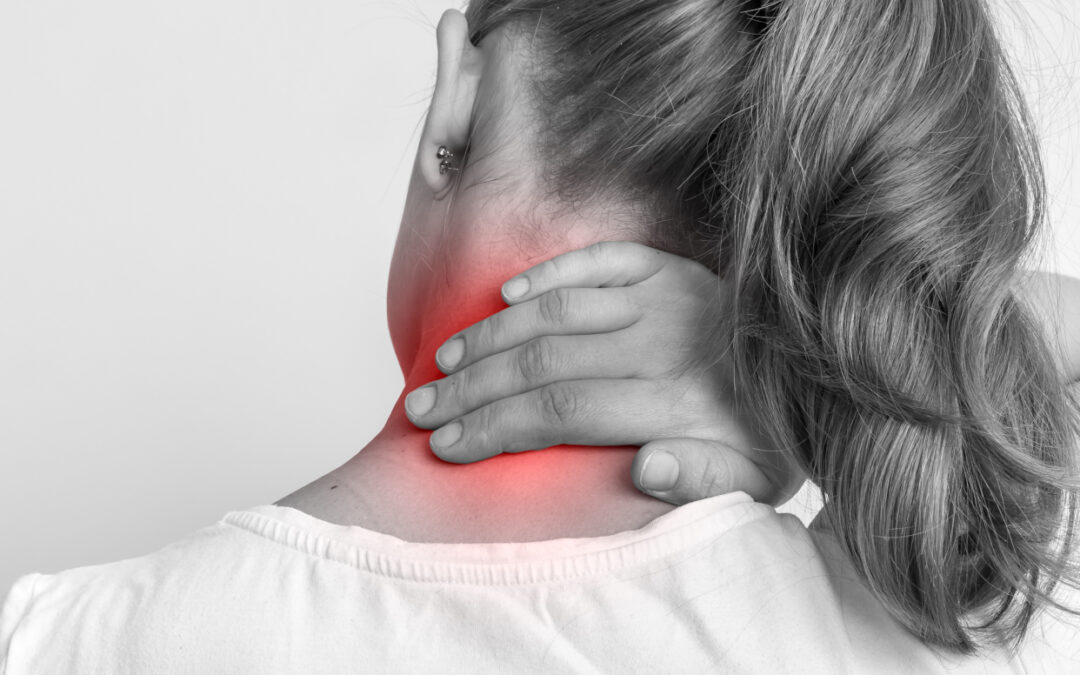We are just not designed for it!
There is lots of information on workplace set up available, but I wanted to put the main points of consideration in one place for easy reference for my clients.
Staying in any position for a prolonged length of time is not good for our bodies and especially our muscles, tendons and ligaments.
Stuart McGill found that remaining in a sustained position of 20 mins or more of sustained or cyclical loading causes ‘creep’ which refers to the gradual overloading and lengthening of soft tissue structures.
[Creep: a physical property of materials that results in progressive deformation when a constant load is applied over time; it allows soft tissues to tolerate applied loads by lengthening. (1)]
‘McGill and Brown, (2) showed that after 20 mins of creep followed by 20 min of rest, muscle activity recovered only 50% of its pre-creep magnitude’. Suggesting muscle activity is reduced with sustained loading and these forces are transmitted to the ligaments, discs and joint capsules of the spine. This can have a negative effect on the spine.
Below is a check list of important factors to consider at your workstation.
Forward head posture
By far the most problematic issue caused by peering into a computer for 8 hours+ a day. We allow our head and neck to crane forward whilst concentrating, causing excessive strain on our upper neck and shoulder muscles and the muscles at the front of our neck. The average weight of a human head is 5kg (12lb), and this weight is increased as we take the head further away from its base of support, the body.
According to Kapandji “For every inch of Forward Head Posture, it can increase the weight of the head on the spine by an additional 10 pounds.” Forward head posture looks something like this picture below. Now look around the office and see if you can spot any colleagues that might be guilty of this, there is normally quite a few. Making sure your chair is in a good position and being conscious of your head position can greatly reduce neck and shoulder pain. We want our ears in line with our shoulders if looking from the side.
Screen position
Your eyes should be along an imaginary line about 2/3 inches below the top of the screen. Make sure you are not tilting the head down or up to look at the screen, both of which can cause neck pain. You can change screen height by adding books underneath the monitor if your screen is not adjustable or raising your chair height. Have your screen directly in front of you, not off to one side unless you only use it periodically, you want your body to be facing the workstation set up, not twisting round to work. Make sure your screen is at least an arms length away from your body
Arm position
Keep your elbows by your waist, not outstretched and this is particularly important for your mouse arm which will tend to wander as we use it. Think right angles from shoulder to elbow and elbow to keyboard, nice straight alignment and keep your arms relaxed
Hand position
we need to make sure our wrists remain in a neutral position when typing, not resting on the table which causes extension of the wrist, or bent steeply over into flexion. Use a wrist rest to prevent this happening and increase your comfort. Particularly important for avoiding Repetitive Strain Injury (RSI) injury.
Desk height
If your desk is too high it will change the angle of your arms when typing/using the mouse which could affect hand positioning and increase the chance of RSI type injuries. If the desk is too low it may encourage you to lean forward towards your screen and increase Forward Head Posture. Make sure you can comfortably get your chair under your desk and don’t feel stretched or cramped up
Chair size
Your chair size is important, especially for the short or tall. Often the width of a chair’s seat may be too wide for those with short legs, which encourages them to perch on the edge of the chair. This can cause increased hip flexion if sustained through the day. For tall people a small chair may make the knees sit higher than the hips, again causing increased hip flexion. Make sure you can reach the ground/footstool whilst sitting back properly in the chair.
Hips and knees
Your knees should rest slightly lower than your hips, this helps to avoid sitting in excessive hip flexion which can aggravate the low back.
Lumbar support
Having some support at the back of the chair in the hollow of our back helps to prevent us slumping as we get tired through the day. Ideally this will be an adjustable part of the chair, but there are cushions you can buy independently to provide the same support in the lower back. Also if we slump back we have to bring our shoulders forward to counter act this, which adds to Forward Head Posture.
Feet
A foot stool can help stop us crossing our legs at the desk, which can cause pelvic rotation if we habitually cross the same one leg over the other. Making sure you can rest both feet comfortably on the rest will prevent this happening. Especially useful if you are shorter in height.
Regular breaks
I cannot stress the importance of taking regular breaks, break the cycle of remaining in one position for an extended time. Every hour at least you should step away from the screen and do something else for a few minutes to allow your body time to undo the ‘creep’ that has occurred.
Laptops
Laptops provide a whole host of additional problems as your keyboard, mouse pad and screen and all cramped up into a tiny box in front of you. If you have to work on a lap top, get a separate keyboard and mouse and create a proper workspace as often as you can using the above guidelines. Try not to work with the laptop on your lap looking down into the screen, and put it on a table at the correct height for you.
Don’t be afraid to ask your employers for a workplace assessment, they are required to provide this for you and could save you a whole host of pain and discomfort.
References
1: Miller-Keane Encyclopedia and Dictionary of Medicine, Nursing, and Allied Health, Seventh Edition. (2003)
2:McGill SM, Brown S. Creep response of the lumbar spine to prolonged full flexion. Clin Biomech.1992;7:43–46. [PubMed]
3: Kapandji, Physiology of Joints, Vol. 3.




